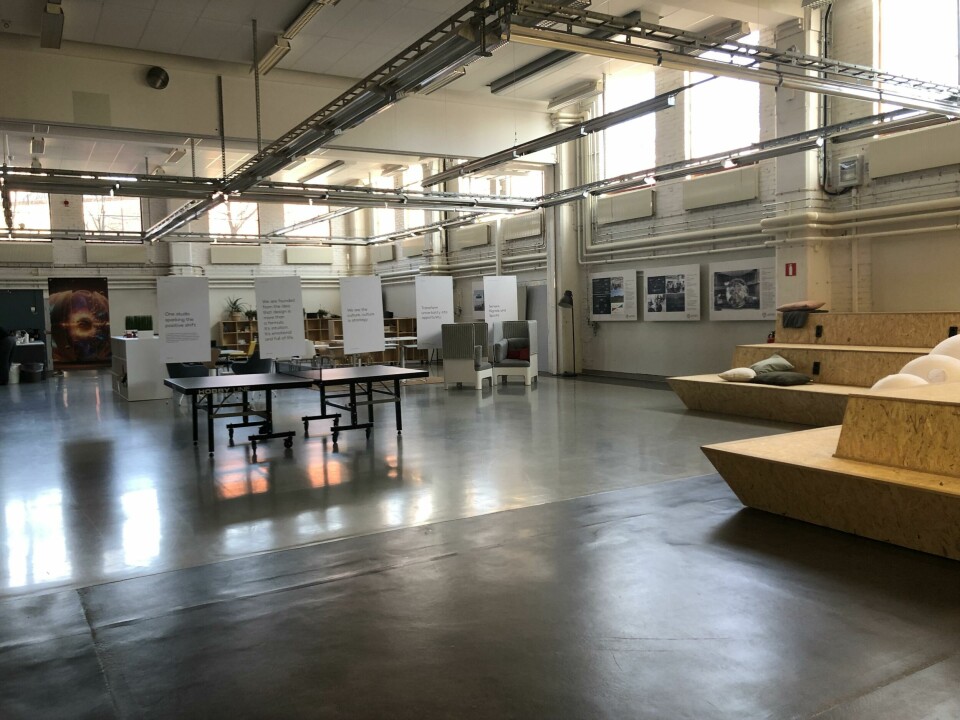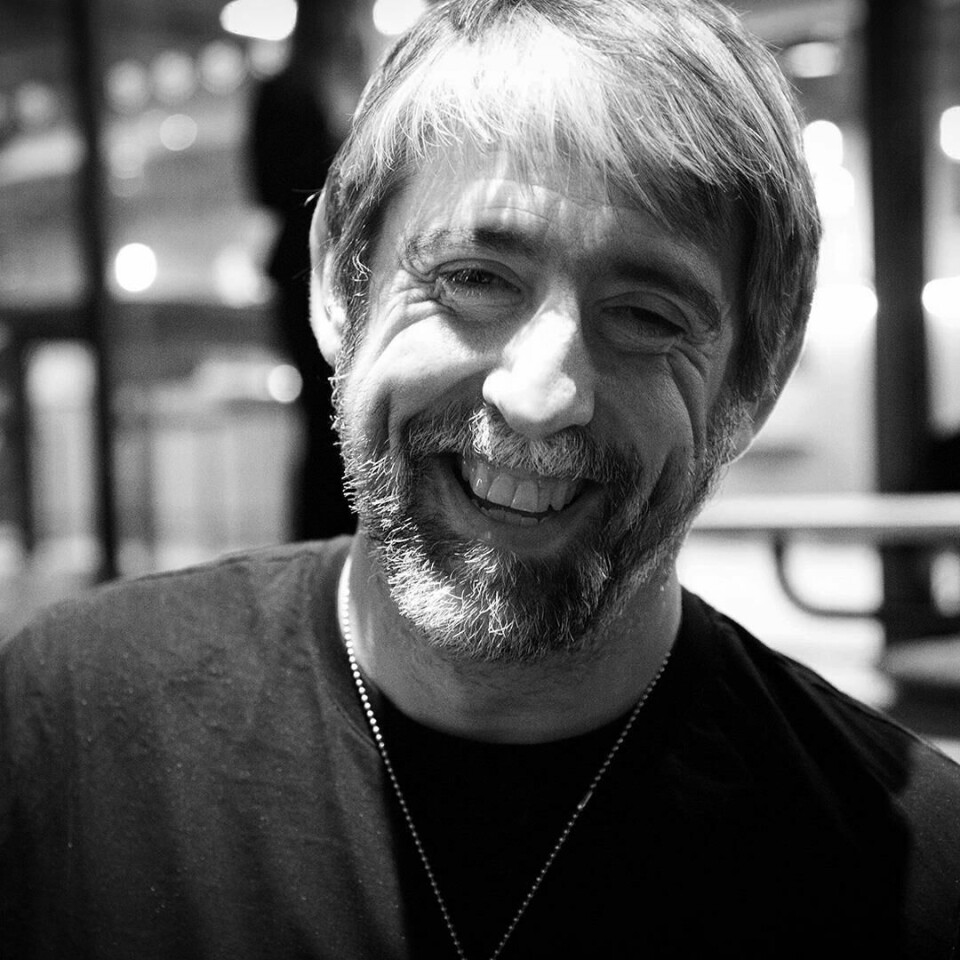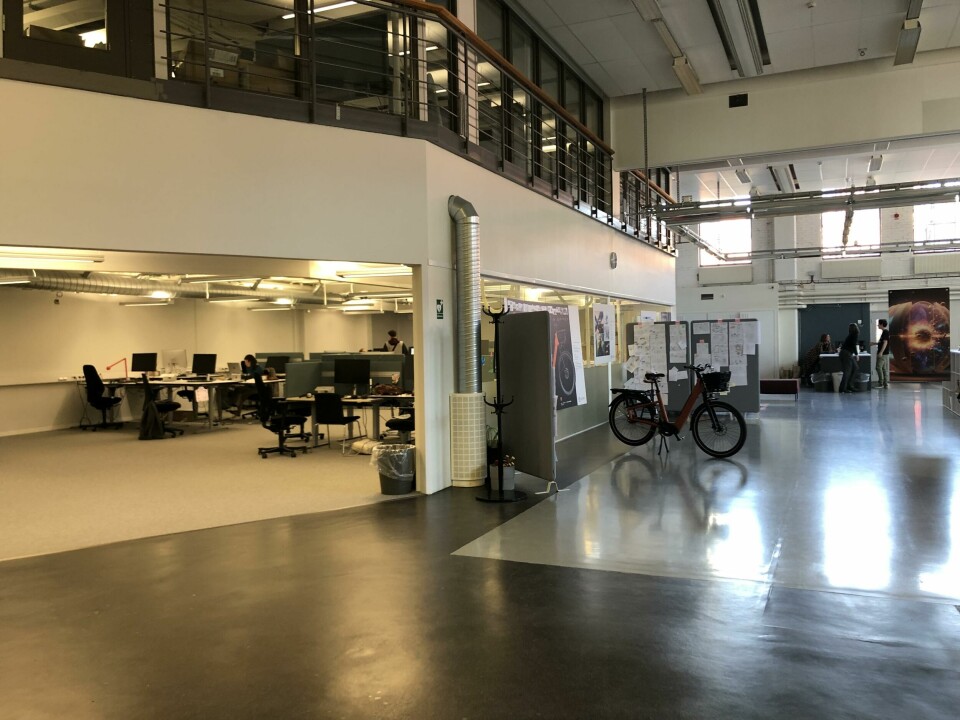
AI is an implement: it’s about how you use it
Afry’s head of design Rob Dolton shares an insight into the team’s in-house AI engine, and explains that despite its efficacy there is no substitute for the human eye
As we’ve seen this week, the subject of artificial intelligence (AI) certainly brings out strong opinions. Some may not age particularly well.
Taking a very different and more measured approach to the topic is Rob Dolton, who suggests that AI is a tool just like any other and it is down to the individual who should employ it how they wish.

On a visit to Afry’s Gothenburg design studio earlier this year, the team’s head of design explained how they have been trialling different forms of software, even creating their own independent tools that suit how they work.
Indeed, AI can be off the shelf. A commodity. An unbranded washing machine that performs the same purpose as any other, with the only variable being the type of clothes being put in. It can also be far more tailored – trained in fact – for certain goals. What does that mean exactly, we hear you cry. Enough with the vaguity and buzzword bingo.
In Afry’s case, the team has created a programme that can learn from physical hand-drawn sketches and recreate that particular artistic style. Rob Dolton can train the system to eventually draw like Rob Dolton with generative text-to-image outputs, for example. This can be done for any number of individuals, but stay with us. It’s not as simple as pressing go and patting yourself on the back.
“All you need is…,” says Dolton, before pausing. “Well, I say all you need. I’m not going to undersell this. You need about 30 original hand-drawn sketches to start with,” he explains. “That’s a lot of work. But crucially, it’s your system, it’s your style, and it’s doing what you’ve asked it to do. It’s not referencing other things in terms of other people’s styles, other people’s way of sketching. It’s yours and we as Afry lock it down.”
When we first started using Photoshop, people would say, ‘isn’t it amazing what a computer can do.’ But the computer did not do that by itself
Indeed, it is not some kind of computer-generated sketch factory, pumping out ideas willy nilly and leaving designers to twiddle their thumbs in the meantime. It is very much an active, engaged process that requires designers to train the system and then iteratively create what could be described as moodboards. The team, or specific designer, can then use that as inspiration or conversely to point them in a different direction. We recently learned how open-source software such as Midjourney can serve as a tool for curation, and that it is down to the trained human eye to determine which outputs are useful moving forward. It’s a similar thing here.
Specifically, Afry uses LoRA (Low Rank Adaptation) for rapid prototyping. It is used to fine-tune diffusion models by adapting a model’s weights to a specific style, character or concept. It might seem secretive, but it is in fact listed as a core skill on Afry’s website: “Adding AI to your design process enhances time and cost efficiency by automating repetitive tasks and accelerating iterations, allowing designers to focus on creativity.” There are drawbacks to this controlled methodology and closed system, of course. “The system isn’t as intelligent as something that is cloud based,” Dolton explains. “But in turn, that means there’s absolutely no outside cooperation with it at all. And there’s no problem in terms of confidentiality, because it’s locked down to where you are.”
In one of Afry’s presentation rooms – essentially a small cinema – Dolton shows a range of beautiful hand-drawn sketches from different team members. Each depicts a similar type of supercar presented in different ways, from very neat biro sketches to more abstract marker and highlighter drawings. Only they aren’t hand drawn – they are generated by Afry’s AI engine.

Even today it is always an odd feeling when something so realistic has been computer generated. It almost gives weight to the concept of human designers becoming less relevant.
But as Dolton explains, there is so much work that goes into this that it is as involved as any other design tool. Would you say Photoshop is lazy? What about 3D visualisation software? Is clay modelling lazy? How about VR? Dolton draws parallels with other digital tools, which may make things easier and improve the results, but that doesn’t mean the work is easy. “When we first started using something like Photoshop, I remember people would say, ‘isn’t it amazing what a computer can do?’ But it’s important to remember the computer did not do that by itself.”
Understanding the process of getting to these AI-generated outputs helps to distil the idea that AI is just another tool in the arsenal. Yes, it accelerates certain processes, but it is being chosen for that exact reason.
AI is not some kind of outlier – the thing that is really going to spell the end for creatives this time
Designers have leveraged tools that make the job easier, more effective and ultimately more enjoyable for decades. Technology progresses and, over time, becomes part of the new standard. AI tools feel novel today because they are, and like it or not they are here to stay. But that does not mean that is at the expense of the designer – the human that has chosen to bring that tool into their employ. Dolton has seen this first hand growing up as a kid in a graphic design studio.
“Back in the 80s, everything here was handcrafted, but suddenly there was an explosion of new tools. I got a copy of PageMaker, which eventually became Photoshop, and a couple of years later designers were asking if they we going to be replaced by computers.” Sound familiar? Dolton continues. “This is such a cyclical discussion, the idea that we will be replaced by a new piece of technology. When French portrait painter, Paul Delaroche, saw his first photograph in 1840, he declared that portrait paintings were dead. That obviously was not the case.”
In a way, it just shows how normal this discussion is. That AI is not some kind of outlier – the thing that is really going to spell the end for creatives this time. From some of our discussions, designers as a group can seem quite anxious about AI. “There’s not a lot of confidence,” agrees Dolton, “but you also see some people that want to take the plunge straight away, while the larger majority are just curious or even resistant to change.”
This is not a love letter to AI; it must of course be treated with moderation and caution. Overreliance and unwavering trust in the engine’s output could result in shoddy designs and it must not be relied on for all stages of the design process. There should not be a big green button that says ‘create car’, which sends data straight through to the factory. That is the dystopian future alluded to at the start of this feature.
But from conversations with designers that use AI as a tool – An Implement – it’s clear that the future is brighter than that. A lot brighter.



